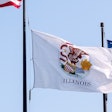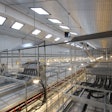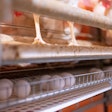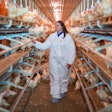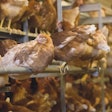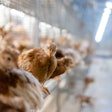A technique known as isotope analysis can now be used to tell the difference between eggs from caged hens and those from free-range and organically-raised hens.
Developed by a New Zealand researcher Karyne Rogers, the system can help avoid mislabeling in the egg industry. Rogers, of Geological and Nuclear Science's National Isotope Centre in Lower Hutt, New Zealand, compared different brands of eggs.
Using isotope analysis, she found the eggs could be differentiated by comparing the nitrogen and carbon found in the egg to the hen's diet.
Rogers explained that organically farmed hens have access to a wider range of food than caged hens, which changes the isotope fingerprint of their eggs.
The findings were published in the Journal of Agricultural and Food Chemistry.



